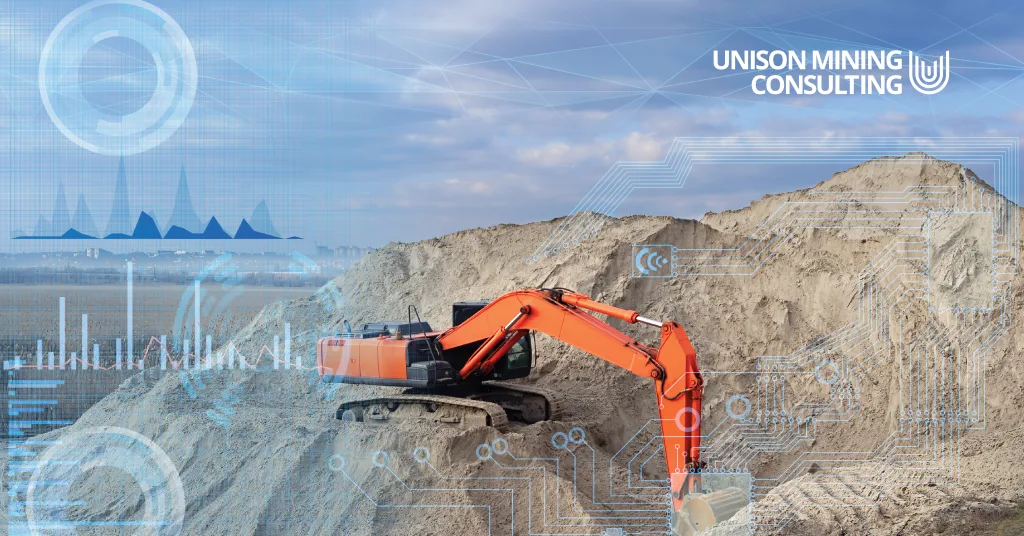Delays in relaying critical information about equipment status, ongoing tasks, or unforeseen issues can often disrupt mine workflows. For example, maintenance tasks scheduled during shift changes might be postponed or improperly communicated, affecting equipment reliability. As the health and security of personnel is paramount, the shift change and quality of handovers can reflect how well maintenance is being executed, boosting the overall safety of workers.
Additionally, our findings indicate that performance throughout the shift is often 20-40% higher than during the final hour of the off-going shift and the first hour of the oncoming shift. This demonstrates a dip in performance at the beginning and end of shifts during the transition between one shift to the other. Whether your teams on-site have two or three shift changes per day, these hours over the course of the year can result in tens of millions of dollars lost.
Enhanced Communication Processes for Effective Shift Handovers
Any challenges with shift handovers require effective communication systems and processes. Crucial to these systems is the seamless conversion of data into accessible forms of information from the previous shift; information including passes, loads, cycles rather than just tons and ounces moved.
Moreover, operators may not receive sufficient training on conducting effective shift changes. This gap can lead to misunderstandings about what information needs to be communicated and how it should be documented, further complicating the handover process.
Miscommunications often stem from reliance on verbal handovers or poorly documented notes. Important details can be lost or misunderstood, leading to operational inefficiencies and increased safety risks for personnel taking over a shift with information gaps. The assumption that all team members share a common understanding is a costly but extremely common mistake.
One problem with many shift changes is that they take place when the takeover team is just beginning to concentrate while the team from the previous shift is already disengaging. As such, it is important to keep the process short and meaningful – focusing solely on safe conditions and behaviors, key outcomes from the previous shift, and any events that are unique to the shift, such as blasting conditions, changes to scheduled maintenance, etc.
Safety and Performance sharing sessions are also great ways to energize the exchange of information. Being rewarded for their performance during a shift not only encourages the sharing of information with the next takeover team but incentivizes better performance during the shift. Involving the crew by asking them to share their ideas is also critical to transforming the shift change process into a collaborative and iterative process for continuous improvement.
A New Approach to the Shift Change
The shift change should not be seen as a necessary evil, but rather an opportunity. Remember, each shift change provides a new set of eyes to review information and take in new perspectives or ideas for improvement.
Unison Mining has developed proprietary, industry-leading information platforms that inform Shift Starts and provide real intel throughout the process. These include Master Scheduling, Shift Starts & Crew Changes, Wrench Time Optimization, Cycle Time Management, Equipment Good & Bad Actors, Dilution and Recovery, Critical Spares, First and Last Load.
Whether you have a tsunami of data or are struggling to manage the performance of your teams against your KPIs, our suite of information tools is designed for miners, by miners – ensuring our experts’ wealth of on-site mining experience enables your teams to succeed in optimizing the handover process.


















